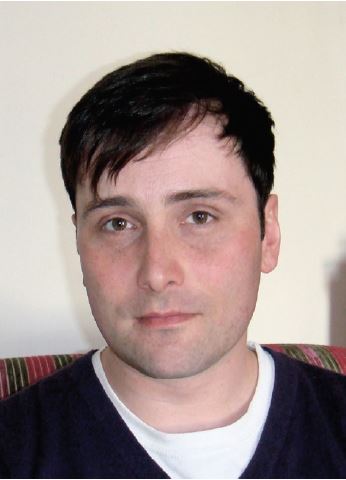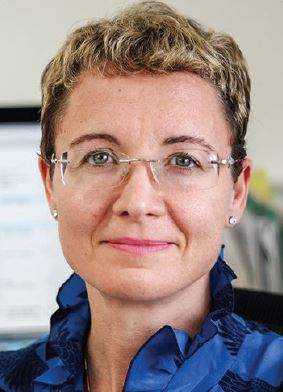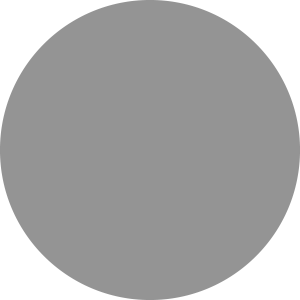This year’s portfolio sees us further expanding our chemical biology, drug discovery, metallobiology, toxicology and photoscience series. Exciting new titles join a portfolio already full of high quality research from some of the leading minds in the field.
But have you ever wanted to know a bit more about how those minds think?
Introducing Nathan Brown

Editor of Artificial Intelligence in Drug Discovery
Tell us about your book
While the fields of AI and Drug Discovery have had significant overlap for many years, there has been renewed and concerted efforts to combine the strengths of both to make significant leaps forward. This book will cover the history and fundamentals of artificial intelligence and machine learning, with case studies from the literature that demonstrate their potential and their impact in the field. The book will then look at the wealth of chemistry data and the potential to learn from these data, before moving straight into predictive modelling and its impact in molecular design. These methods take advantage of both chemical and protein structural data to make better predictions and designs. The later sections of the book cover synthesis planning, in my opinion the holy grail of computational chemistry methods, and using AI in molecular simulations.
What do you think will be the next big breakthrough in your subject area?
One particular area of interest to me is optimising towards the laboratories of the future using new instruments, improving the feedback loop and allowing us to make a greater number of better informed decisions. One concern that is often mooted is that this revolution of automation and AI will lead to fewer and fewer laboratory scientists. However, I think the converse is true and we will need more scientists to take advantage of all the new discoveries that will be of potential benefit to humanity.
Which drug that has been discovered do you feel has had the most impact? e.g. improving people’s lives?
Having been involved in many drug discovery projects myself that have reached the clinic, I am acutely aware of the contributions that these efforts from large teams make. I once met V. Craig Jordan, who discussed his work on Tamoxifen in the 1970s. His research led to improving the health of millions of women, and is estimated to have saved the lives of 500,000. It is astounding to think that relatively small groups of people can have such a positive impact on society.
How did you get into your field?
I had a somewhat atypical route into Chemoinformatics, but was fundamentally interdisciplinary before this was really a thing. I started out as a Computer Scientist, working on artificial life simulations, which got me interested in a certain class of evolutionary algorithms to optimise solutions using analogues of natural evolution. This research led me onto a PhD applying these algorithms to challenges in drug discovery. I found this research incredibly interesting and I could clearly see potential benefits to humanity. Roll on twenty years and I am now leading a team of Chemoinformatics Data Scientists working on challenges in Drug Discovery using Artificial Intelligence.
Introducing Angela Casini

Co-editor of Metal-based Anticancer Agents
Tell us about your book
Within the RSC Metallobiology book series, “Metal-based Anticancer Agents” aims to emphasise the most significant experimental and conceptual progresses made during the last few years in the areas of inorganic medicinal chemistry and metallodrug discovery and development with a focus on cancer therapy. The content of the book is arranged according to (i) Main classes of anticancer metallodrugs, (ii) emerging concepts in metallodrugs discovery, (iii) method development and (iv) preclinical and clinical development. The book covers much of the vast spectrum of inorganic drug discovery and development, from synthetic approaches and novel supramolecular scaffolds to clinical evaluations. It’s a unique overview of this exciting and highly interdisciplinary area of research and provides an overview/update of the pre-clinical and clinical evaluation of novel metal-based anticancer agents. It would be a valuable resource for experts, but also for people new to the field.
What do you think will be the next big breakthrough in your subject area?
I am particularly intrigued by the new examples of metal-based radiopharmaceutical as ‘ theranostic’ agents for both therapy and imaging of cancer. The field of supramolecular coordination complexes for biomedical applications is still in its infancy, but the latest examples hold promise for future advancements in drug discovery, as well as for the development of novel anticancer drug delivery systems.
You were listed as one of the world’s most influential scientific minds of 2014 in pharmacology by Thomson Reuters, who would you say has been the biggest influence during your career?
The chance to collaborate over the years with colleagues from different areas in the drug discovery field, from chemistry, chemical biology, pharmacology and medicine. Instrumental to my academic career has been my participation in several EU COST (European Cooperation in Science and Technology) Actions. COST Actions are bottom-up science and technology networks, open to researchers and stakeholders with a duration of four years. They are active through a range of networking tools, such as workshops, conferences, training schools, short-term scientific missions (STSMs), and dissemination activities. These Actions are invaluable for early carer researchers to build up their international network of collaborations so as to achieve academic independence. Several of the contributors to my book (including the two co-editors) were also COST participants I met over the years.
What was the biggest challenge you faced when writing your book?
I did not write the entire book myself, so a challenge was to inspire the contributors to provide not only a chemistry perspective, but to combine it with a translational point of view in each chapter. So far the various authors have done a great job, and it was a real pleasure working with them on this volume.
Core disciplines, related fields, emerging topics
Find the books you need for 2019: download the catalogue
